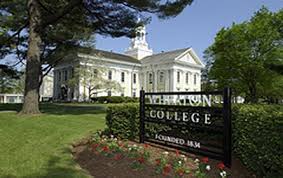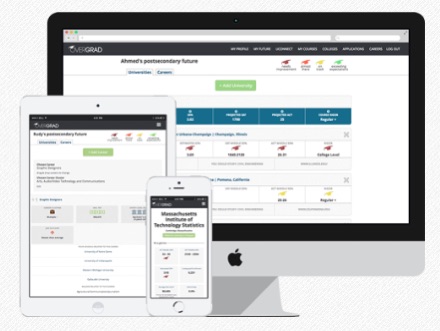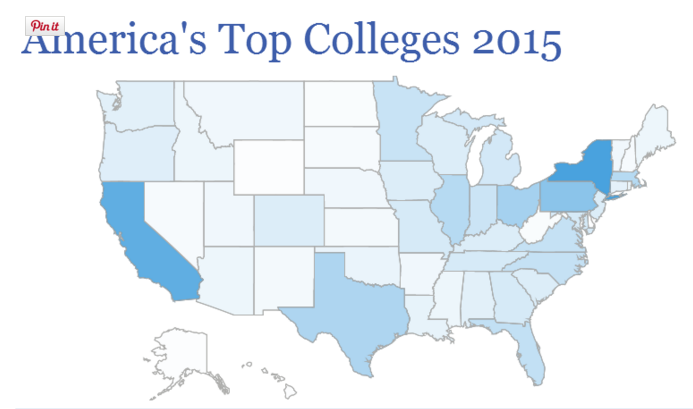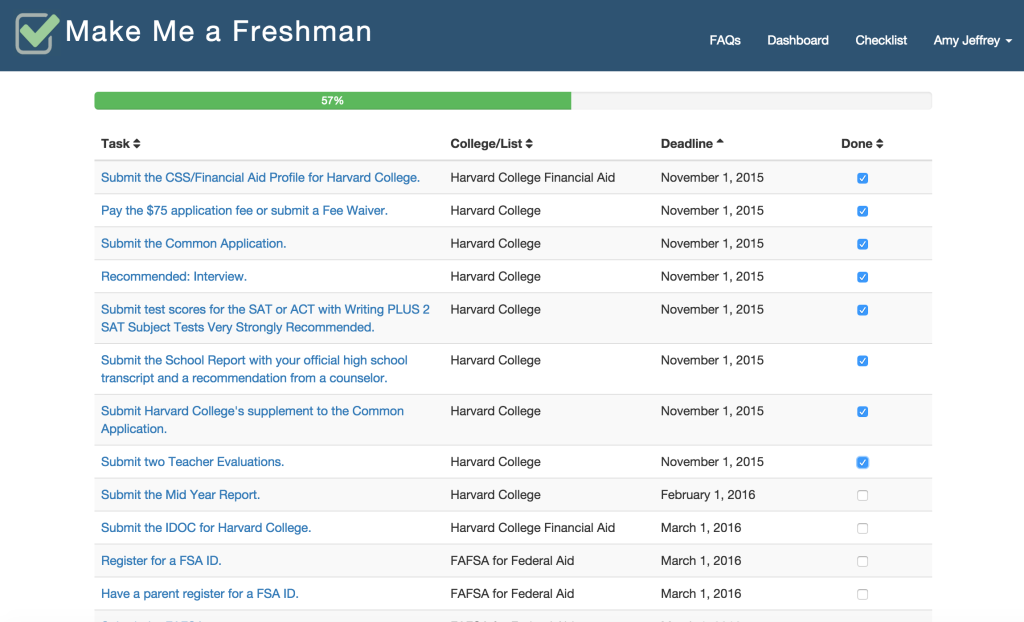This week, I will be sharing some personal stories and experiences of my own children’s path to college. I hope they help enlighten you and encourage you to help your college-bound teen.

During his senior year of high school, my son applied to three schools: the Air Force Academy, West Point, and the Citadel. He knew he didn’t have the grades to get into these competitive colleges, but they were his dream schools. He didn’t apply anywhere else and when he was not offered admission, he decided to give up on college. He was defeated and felt he couldn’t possibly succeed. He also felt college was out of the question without scholarships and he did not bother to apply for any. Because of this, my son’s path to college graduation took nine years after high school.
Unfortunately, I was an uninformed parent. I did not know at the time there were many other options for him. He could have attended community college for a nominal cost. He could have applied rolling admission to colleges that were within our ability to pay. He could have chosen a military college and accepted an officer’s commission after graduation. But because he felt he had few options, he opted for the military, with the promise of attending college while serving.
Since he chose the Marines, he had little time to attend college. After serving his four years, he was honorably discharged and the day after leaving the Marine Corps, he began attending a state college on the G.I Bill. Unfortunately, he made a poor college choice. Based on his Marine buddies recommendations, he chose a “party” school. To make matters worse, the college was a commuter college—students went home on the weekends.
[ctt title=”Every student has a different path to college–be sensitive and be an encourager” tweet=”My son took 9 years after high school to graduate college–every student has a different path via @suzanneshaffer” coverup=”BO9db”]
After one semester, he withdrew with an absolutely disappointing 1.0 GPA. It was not that he was a poor student. He just wasn’t ready. After being told what to do for four years, he wasn’t disciplined enough to attend class, study, and participate in discussions. His plan—come home and find a full-time job. We agreed to give him six months.
After working at a minimum wage job for one year and living in a small studio apartment, it became clear to him that he needed a college education. Since his GPA would not allow him to re-enter college, he decided to attend community college, retake the same courses, bring up his GPA and transfer to a four-year college after he had met the basic requirements. Better yet, his G.I Bill and Pell Grant would cover all his tuition, making it possible to attend for two years without incurring any student loan debt.
After two years of community college, he transferred to a private college with a 4.0 GPA. Because of his excellent academic standing, he was able to secure scholarships for this college as well. After two more years, and nine years after high school, he graduated Magna Cum Laude with numerous academic merit awards. It was clear that he was capable of so much more than he thought he was in high school.
What made the difference? He was ready. After working for a year making minimum wage, he realized the importance of a college education. He made a plan and kept his eye on the prize. As he did in the Marines, he excelled in the execution of that plan and reaped the rewards of his academic commitment.
Is your teen a good student and is struggling with a college decision? Don’t be discouraged. He or she may not be ready. A gap year might be in order. Working at a trade or internship could help motivate them. For my son, the military was the best option. Whatever your teenager decides, the path he or she takes should be the path that best fits them. Forcing a student to attend college if he’s not ready will only lead to disaster: financial and personal failure.
If you think your unmotivated student has few education options after high school, think again. Community college is always an option, offering an opportunity to ease into college life. Trade schools offer a hands-on education and for some students, the best choice. There are colleges who accept applications year round, and even colleges that have a 100% acceptance rate. Just because your student does mediocre in high school, don’t assume college will be an academic repeat. If college is truly his goal, he will make it work; and he just might surprise you.




 This past week, I’ve been discussing the financial aid awards and how they affect your student’s college choice. When those
This past week, I’ve been discussing the financial aid awards and how they affect your student’s college choice. When those 
 In London, you see signs and tourist shirts everywhere that say “Mind the Gap”. If you ride their underground transportation system, you will hear them announce “mind the gap” at each station. It’s a warning for passengers to be aware of the distance between the train and the train platform.
In London, you see signs and tourist shirts everywhere that say “Mind the Gap”. If you ride their underground transportation system, you will hear them announce “mind the gap” at each station. It’s a warning for passengers to be aware of the distance between the train and the train platform.


